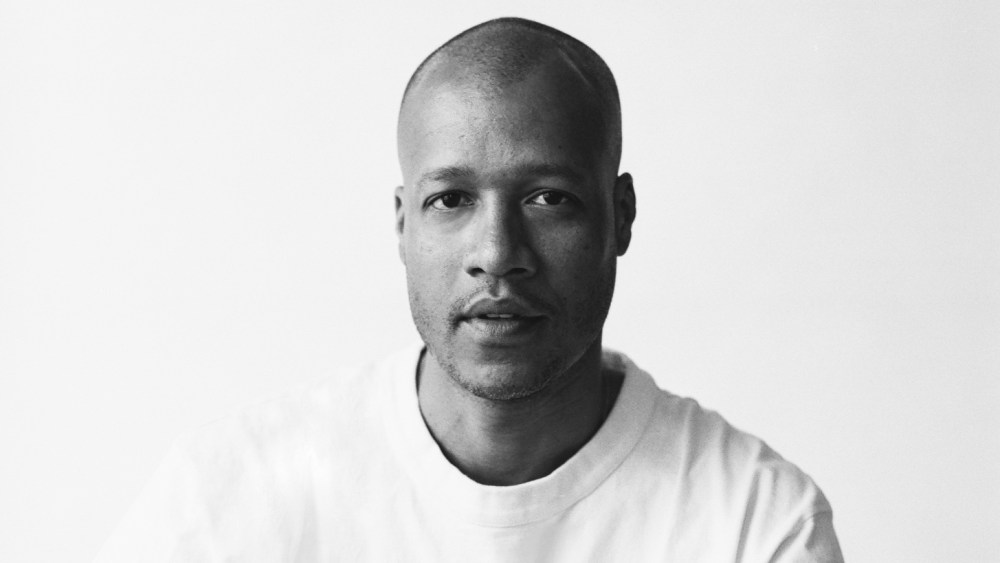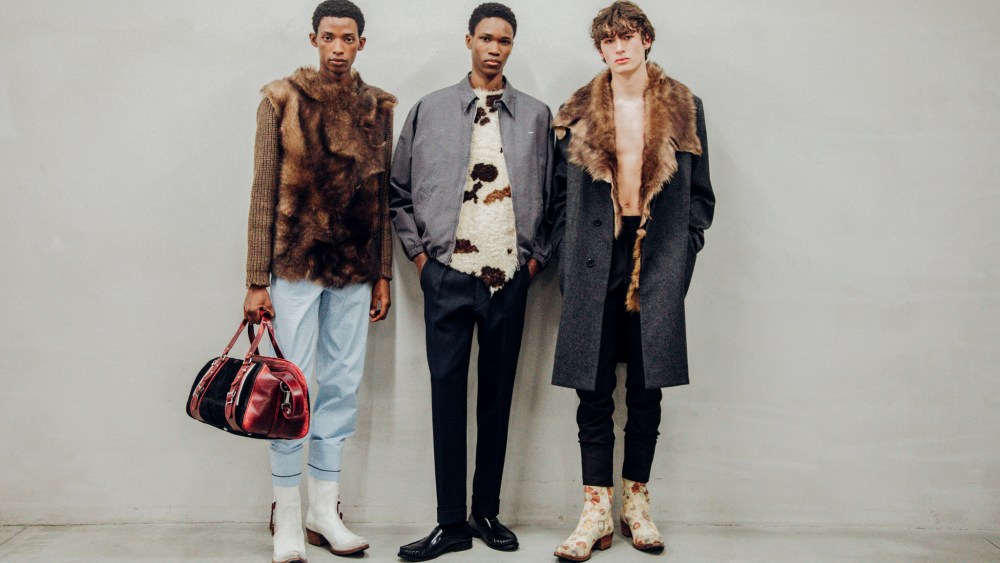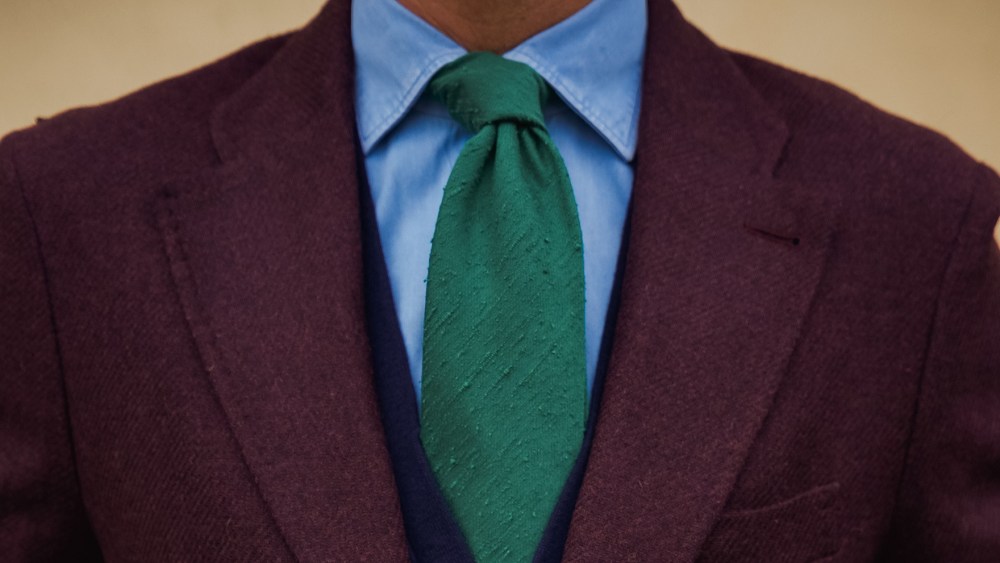MILAN — Owning the penny loafer and the boat shoe was not enough for Sebago.
The BasicNet-owned brand is returning to Pitti Uomo after a few years’ hiatus to unveil its 2.0 strategy, hinged on rounding out the brand’s offering with a stronger push on ready-to-wear.
After cementing its reputation in the shoe world — with the aforementioned styles driving buzz and sales — the brand is ready to expand its offer. When the American footwear company was purchased by BasicNet from Wolverine Worldwide for $14.25 million in 2017, almost 90 percent of its sales in the spring/summer seasons came from boat shoes.
“We tried to ease up Sebago’s association with the ‘brown shoe’ category tied to its New England origins and since we acquired the brand we’ve worked with a lifestyle [strategy] in mind,” said global brand manager and creative director Marco Tamponi.
“It took us quite some time to define our stylistic codes, what we are and how we could do the best ready-to-wear,” he added. “While developing the fall 2025 collection, we had a ‘eureka’ moment.”

Sebago fall 2025 men’s ready-to-wear collection.
Courtesy of Sebago
The Pitti Uomo showcase, with a dedicated booth mounted on the fairground’s central courtyard, will feature about 24 full looks, which Tamponi characterized as a showcase of the company’s ambition to expand the brand’s appeal beyond its core footwear category.
The brand had toyed with apparel since the ‘80s with small and sporadic capsule collections but the new apparel designs, hinging on Americana and the preppy look, seem to be accruing fans, too.
“We shied away from embracing vintage or replica styles, although I am myself a vintage collector, because the brand is rooted in modernity and contemporaneity,” he said.
One can easily envision Sebago’s target customer judging from its assortment of wardrobe-building pieces including Shetland crewnecks and button-down shirts as well as unlined three-button blazers and crisp chino pants.
“Our trajectory starts from iconic menswear pieces, part of the vocabulary of men’s fashion that consumers can mix, reinterpret and stretch,” Tamponi said. “We try to offer timeless items and carryovers and aim to establish the icons,” he said.
In addition to its signature penny loafers, outdoorsy interpretations of the boat shoe and new chukka boot designs, Sebago’s fall collection expands apparel through a focused exercise in distilling Anglo-Saxon menswear, with references to Ivy League garb, the preppy look and British countryside chic — think casual corduroy suits, padded vests, field jackets in sartorial houndstooth fabrics and overshirts.

Sebago’s fall collection features iconic menswear references.
Courtesy of Sebago
Ready-to-wear currently accounts for 25 to 30 percent of the overall business, with the best performances for the category registered at its own retail.
“When one gets into the Sebago world, then it’s easier for those consumers to embrace the brands’ lesser-known categories,” he explained. “Our goal now is to make a voice for ourselves in the wholesale channel, which is packed with brands presiding over that style and product offering,” the executive said.
He acknowledged that rtw is a highly competitive environment, even more so than footwear, because it’s a relatively easier category for brands to tap into.
“We’ve started to test our appeal in rtw with our flagship stores, courting consumers, establishing loyal and trustful relationships with them, launching fidelity programs and we’ve seen that apparel purchases are recurring,” he said.

Sebago’s fall 2025 ready-to-wear.
Courtesy of Sebago
The brand operates 13 flagships in Europe and South Africa and a new unit on London’s King’s Road is slated to open in 2025. Although business in the U.S. is a little quieter, Tamponi noted that the company is looking for a coastal location in the Hamptons or in New England to set up shop. Ditto for Japan.
“We want consumers to feel like they can turn to Sebago for every occasion of use,” Tamponi said. “Looking at the ambition we have for the brand, rtw will help Sebago break some ceilings, in terms of revenues, footprint and style that it wouldn’t be able to with footwear alone,” he said.

Sebago fall 2025 men’s ready-to-wear collection.
Courtesy of Sebago
Although parent company BasicNet does not disclose a revenue breakdown for brands in its portfolio, Tamponi said Europe remains the biggest market for the brand thanks to combination of wholesale distribution and direct retail in key cities including Milan, Turin, Rome, Genoa and Bari in Italy as well as Paris and Lyon in France, Madrid and Barcelona in Spain, and Antwerp, Belgium.

Sebago’s signature Citysides penny loafers.
Still, there’s a lot of untapped potential, Tamponi believes. “I think that well-managed, smaller brands now have a huge space to tap into what has been left [open] by bigger players,” the executive said.




